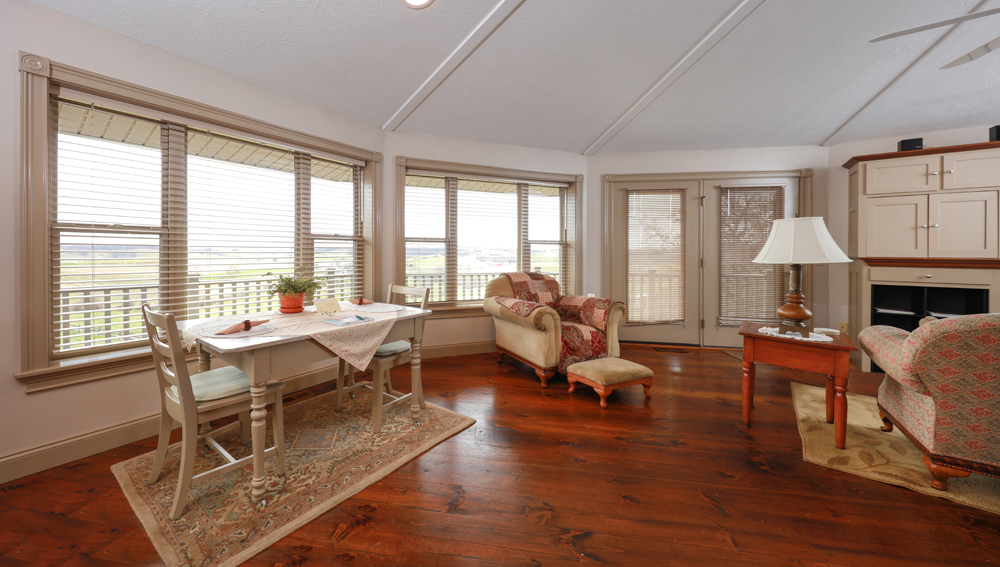If adding a fresh look to your place is new wood flooring, you’ll want to do as much investigation and research into the different options. In many cases new flooring can be done inexpensively, and if you’re willing, you can save the installation cost by doing it yourself. I owned a home in Atlanta some years ago and put hardwoods down in the dining room, living room, family room and hallway.
Sounds lofty, right? With the help of a couple friends it can be done over a couple of weekends.
Wood flooring fans will frequently focus on the aesthetic, including type of wood / species, finish, and the practicality often isn’t thought through. When it comes down to it, wood flooring is either a composite or thoroughly hardwood.
Solid Wood Flooring is milled completely from 100% hardwood, while Engineered Wood Flooring is real wood combined with plywood, softwood and Medium Density Fibreboard (MDF). With this composite it is difficult to spot the difference. As you might imagine the primary difference is the cost.
Are you considering under-floor heating? If so, engineered flooring is the best choice because it can withstand constriction and expansion that comes not only with the seasons, but the heating elements underneath. When laying solid wood flooring, an expansion gap is installed at the perimeter of the room to allow the wood to contract and expand due to changing temperatures and humidity levels. Engineered Wood Flooring is often recommended in kitchens and bathrooms for this reason, because solid wood floors in these conditions contract and expand, ultimately resulting in warping and bowing – then they have to be replaced. Or you could throw a rug over it. 🙂
A note on UV Lacquered Finishes – most engineered wood floors come with this applied but be careful! Just because there’s a UV finish on the flooring, it isn’t protected from fading and sun bleaching. I had an engineered laminate that had a big fade mark where the runner was – so be sure to consider UV films for surrounding windows.
Doing it yourself is always a great option – but do your research first! A correct fitting will ensure durability and long life. There are two types of fittings – the floating method and the adhesion method:
Floating Method – This is the most cost-effective and quickest method, utilizing engineered wood flooring since the boards are light. Floating depends on the weight of each board to support the other, usually in a tongue-and-groove fashion. The drawback is the air gaps created when you’re installing a laminate on a subfloor that isn’t concrete, or otherwise very smooth.
Adhesion Method – This method employs the use of staples, glue, and/or nails and are most suitable for solid wood flooring. Glue is the most popular option because it allows a solid board to expand and contract. Suitable alternatives are staples and nails.
Whichever method you choose, be sure to consult a flooring professional for advice and considerations.


